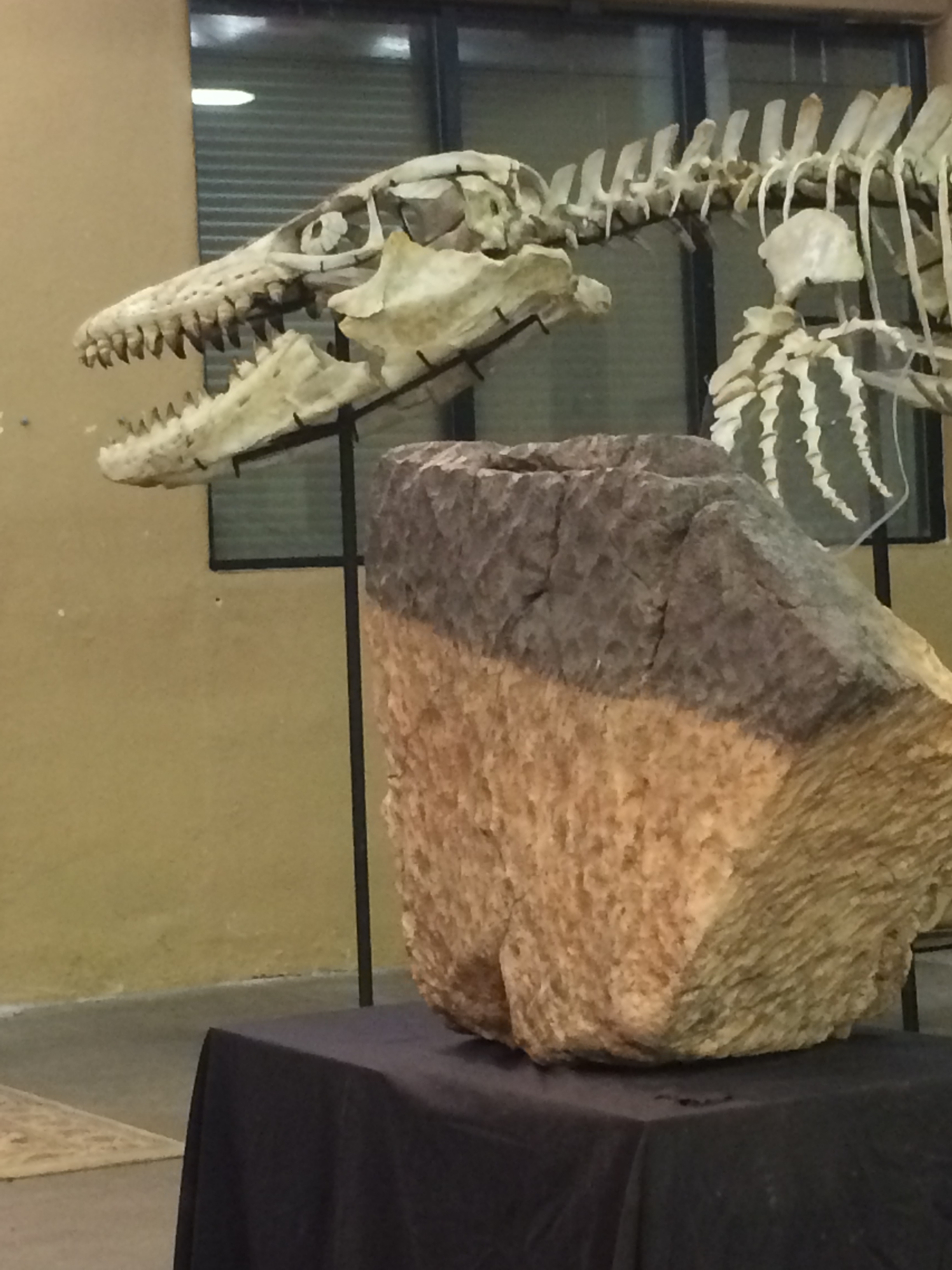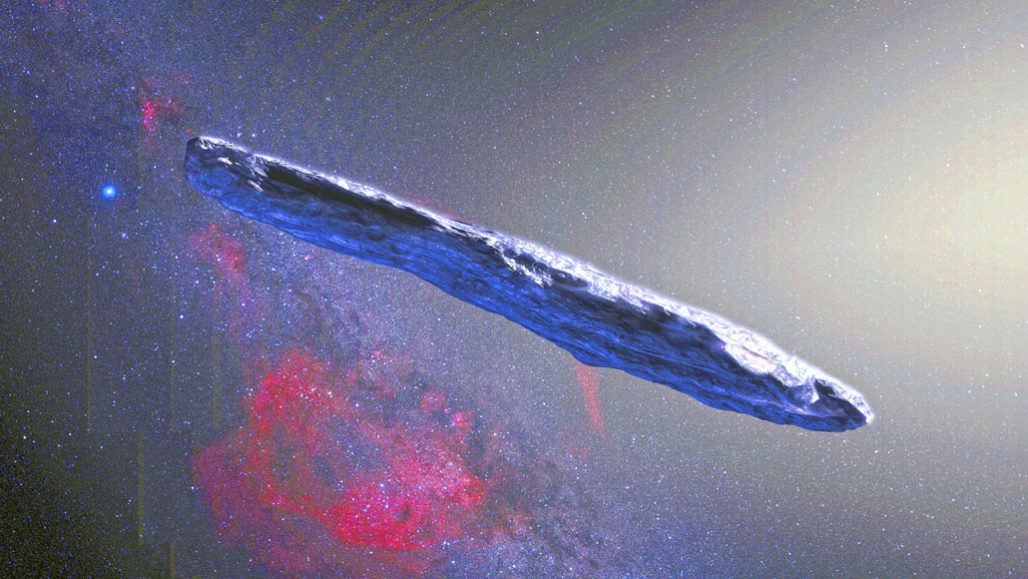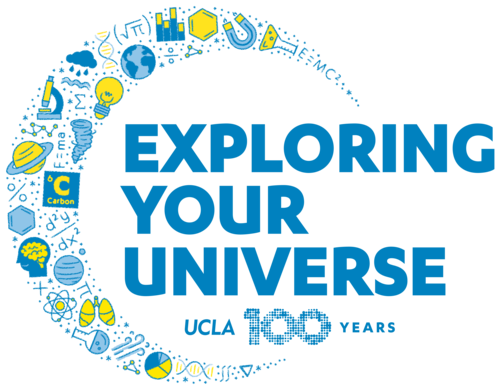Gallery Events
Feb
92020 |
Dr. Ashley DaviesPower and Fury: Recent Developments in the Study of Volcanism on IoLocation: Geology Building - Slichter Room 3656 Volcanoes helped transform the surfaces of the Earth, the other terrestrial planets, and the Moon. However, the biggest volcanic eruptions in the Solar System are taking place not on Earth, but on the Jovian moon Io. This wonder of the Solar System is a fascinating volcanic laboratory where powerful volcanic eruptions result from tidal heating, a process that also affects ice-covered Jovian moon Europa. Yet despite multiple spacecraft visits and spectacular new observations of Io with large Earth-based telescopes, some of the biggest questions about Io's extraordinary volcanoes remain unanswered. Getting the answers requires an understanding of the difficulties of remote sensing of volcanic activity; a new, innovative approach to instrument design; and ultimately a return to Io. Dr. Ashley Davies is a Research Scientist at the Jet Propulsion Laboratory – California Institute of Technology. He received a Doctorate in volcanology from Lancaster University, in the United Kingdom, in 1988. He was a member of the Galileo NIMS Team; is a Co-Investigator on the Europa Clipper Mapping Imaging Spectrometer for Europa (MISE); has written over 100 papers on observing and understanding volcanic processes; and is the author of "Volcanism on Io – A comparison with Earth", published by Cambridge University Press. 
|
Jan
262020 |
Dr. Peter Utas and Dr. Alan RubinA coming out party for a large stony meteoriteLocation: Geology Building - Slichter Room 3656 Large iron meteorites are common, big stones are rare. Our atmosphere presents a formidable barrier to large rocks, efficiently transforming boulders into pebbles. But a few survive the fiery plunge. Peter reviews the roster of these great intruders, with a short description of several, and introduces a rare survivor, the 15th largest surviving stone. Discovered five years ago, in Mali or Mauritania, this flight-marked 205-kilogram specimen was largely buried, the soil-line still clearly visible. Rubin describes the analysis and classification of chondritic stones; naked eye examination of hand specimens gives important clues, but quantitative techniques are needed to avoid being misled. Hand samples of chondrites will be available for examination by attendees. 
|
Nov
242019 |
Professor Dave JewittInterstellar objects in the Solar SystemLocation: Geology Building - Slichter Room 3656 Dave is an observational astronomer who has a nose for leading edge problems. He and his students were the first to document the large set of Kuiper-belt objects orbiting beyond Neptune. For the first time, we are able to study objects passing through the solar system from interstellar space. The two known interstellar objects ‘Oumuamua and Borisov are both thought to be ejecta from planetary systems elsewhere in the Milky Way galaxy but, curiously, their appearances are completely different. I will present UCLA observations of both objects and discuss their big-picture scientific significance. 
|
Nov
32019 |
Exploring Your UniverseMeteorite GalleryLocation: Geology Building - Slichter Room 3656 Exploring Your Universe is an annual science festival held on the campus of UCLA. Founded in 2009 by graduate students in UCLA’s Astronomy Division, the event is now the largest science outreach event on campus with over 7,000 guests and participation from student groups, departments, and faculty across all science disciplines. Exploring Your Universe is made possible by the hard work of our volunteers in our organizing committee and participating groups. We are very grateful of our sponsors, who help support Exploring Your Universe and allow us to bring this event to our community free of charge. 
|
Oct
272019 |
Dr. Paul WarrenLunar Exploration: Prospects for the Next Few DecadesLocation: Geology Building - Slichter Room 3656 The past three decades have seen much progress in lunar science, driven mainly by orbital probes, lunar meteorites, and ever-improving technology for sample analysis. Because the Moon’s surface is well-sampled and not highly diverse, limited progress can be expected from additional orbiters, unmanned rovers, and even sample-acquisition missions, unless the landing targets is a geologically novel area, and/or includes Apollo-15/16/17 style selective and ample sampling by astronauts. The good news is, China and the USA are racing to a second era of manned exploration; and technically challenging unmanned-probes may be seen as relatively inexpensive complements to manned exploration. 
|